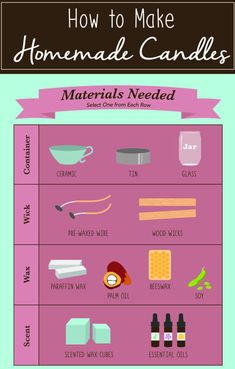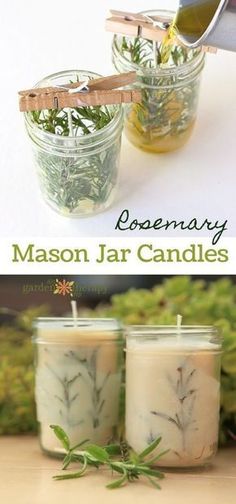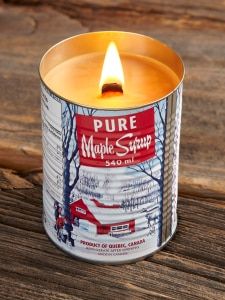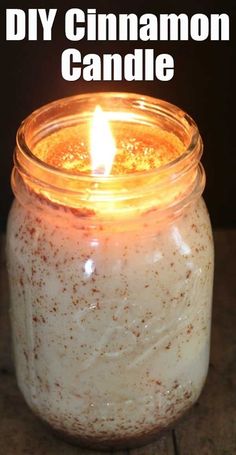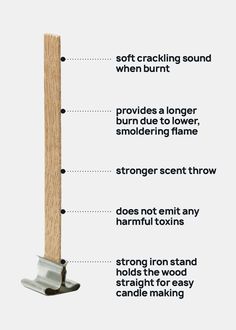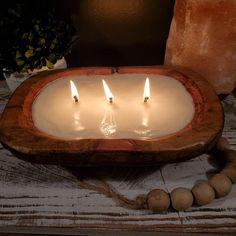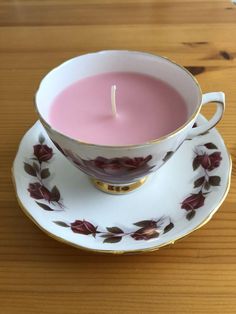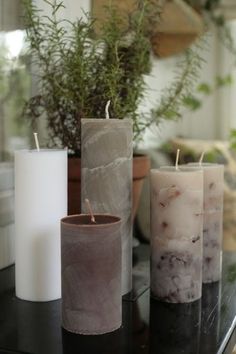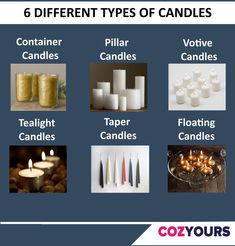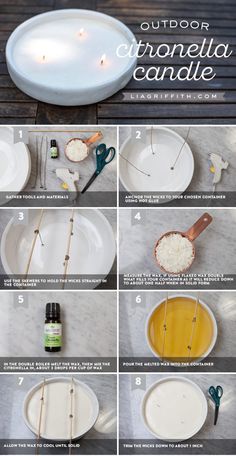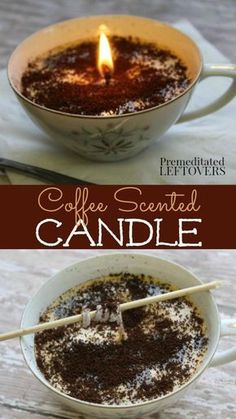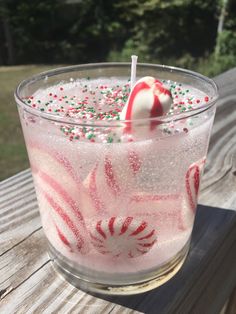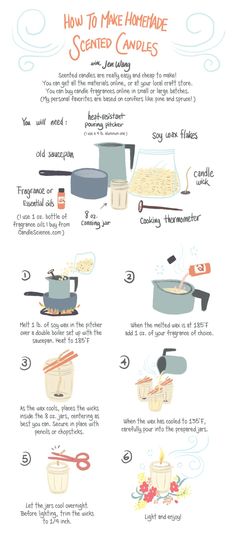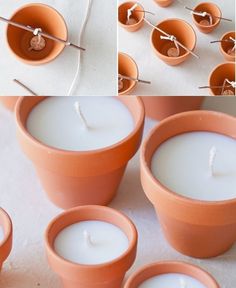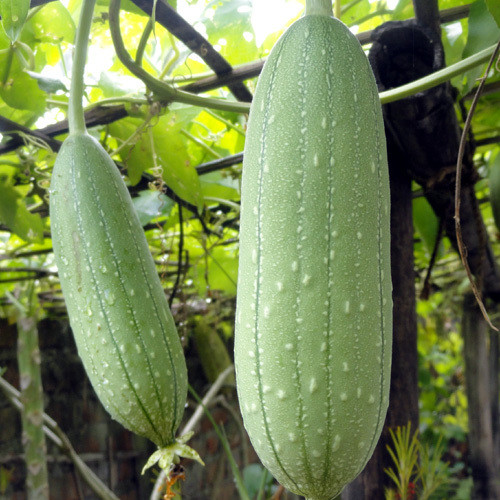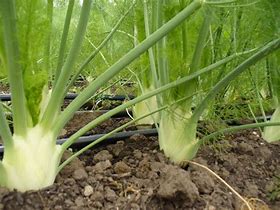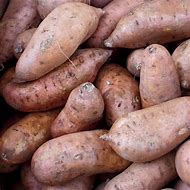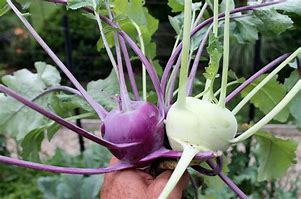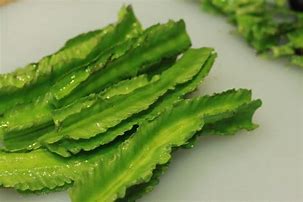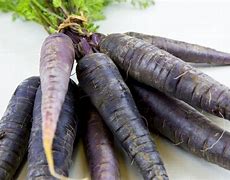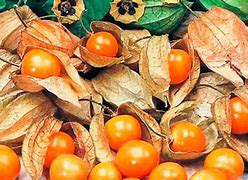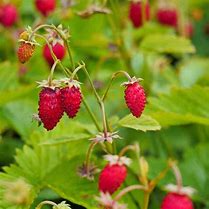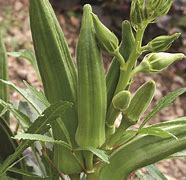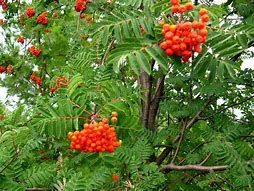
Here are some shrubs for your landscaping that will take anything from the heat of the summer to the coldest winter. Starting with the mountain ash. A compound leaf shrub growing to 15 tall and 10 feet wide. They can be trained into a single trunk looking small tree. Noted for their showy white flowers and red to orange cherry-like fruit in clusters. There used to be beautiful ones along the old Farmer’s State Bank in Winner, SD years ago.
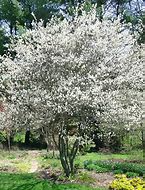
Saskatoon Serviceberries grow 12 feet tall and 5 feet wide. One of the first blooming shrubs with white plum-like flowers. The purple fruit ripens in mid to late July and is eatable. Deer resistant.
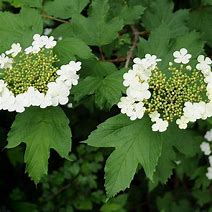
European Viburnum grows 8 feet tall and wide. Can be grown in the shade bloom with white flat flower clusters followed by bright red berries later in the summer. The best trait is the fall color of red to purple.
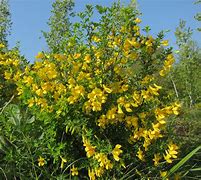
Caragana or Siberian Peashrub are still growing in our old shelterbelt which means they are over 50 years old. Blooming with yellow flowers in the early spring followed by pea-like seed pods. Grow to 6 feet tall with 4 feet spread on golden color bark. The Walker’s Weeping Peashrub is the toughest weeping shrub I know of.
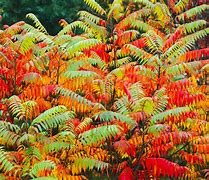
Any type of sumac can grow in our area. Grown in wet or dry soils. The shrubs get taller in wetter soils. Most have a fall color of bright reds and oranges. Smooth Sumac has smooth bark and the Staghorn Sumac has hairy bark. They will get reddish berries on the top of the canes. Both grow to around 10 feet and wide because it does sucker.
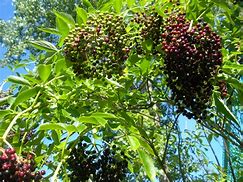
American Elderberries grow 10 feet tall and 6 feet wide. You will get white flower clusters 10 inches across followed by dark purple or red berries. If you want the berries, plant two varieties.
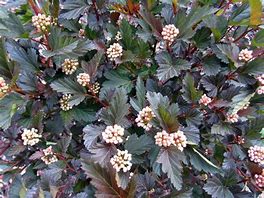
Ninebarks are a family of shrubs of different sizes, leaf color (bright green to reddish), flower color, and fruit color. Most get around 6 feet tall with similar widths.


